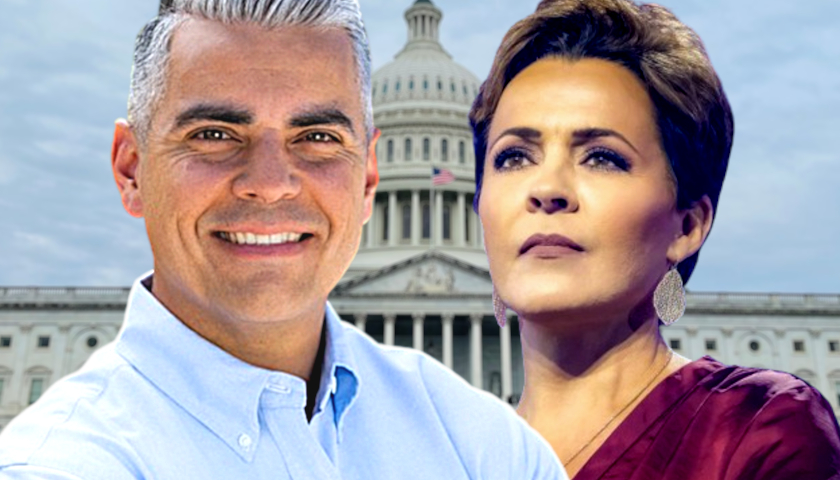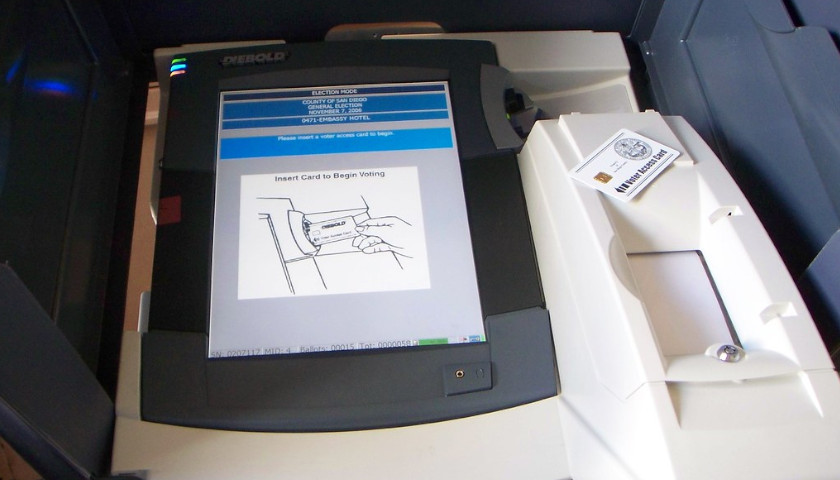by Anthony Hennen
College 529 savings plans are a common way to offer families tax breaks for higher education, but their benefits get heavily concentrated among the well-off.
The plans also may not be the best way to save money for the future, due to their high management fees.
“PA 529 continues to be a vital tool used by families to help save for higher education,” Pennsylvania State Treasurer Stacy Garrity wrote in the plan’s 2020-21 annual report. The report emphasized the growth in popularity of 529 plans and recommended that Pennsylvania employers should get tax credits for providing matching contributions in a 529 plan. “By virtually any metric, the program continues to excel,” it noted.
Pennsylvania families opened 25,074 new 529 accounts in 2020-21, a 10% increase from the previous year. The 529 program has $6.8 billion in assets – an all-time high, along with another high of $732 million contributed in one year.
The success of the program, though, benefits a small number of Pennsylvania families.
“It’s the upper-middle class that’s going to be able to take advantage of this,” said Steven Pressman, emeritus professor of economics at Monmouth University. Less-wealthy families can’t afford to save money for college in the first place, so they don’t benefit from the 529 incentives.
In his research on 529 plans, Pressman found that less than 3% of households had a 529 plan – and the majority of accounts are held by the wealthiest households. “These are people who also have a good deal of wealth stocked away … over $400,000 in net wealth for somebody who is taking out one of these savings accounts,” he said.
For those high-wealth households, the plans may not even make financial sense compared to other investment plans.
“Plans where states extract more revenue offer investment menus with higher underlying fees, weaker performance, and limited options,” Justin Balthrop and Gjergji Cici of the University of Kansas found in their 2022 research of the conflicting incentives within the management of 529 plans.
Rather than getting those fees as low as possible, states may do the opposite. “States face budgetary constraints, which might force them to view their 529 plans as a potential revenue source,” Balthrop and Cici argued.
The 529 plans were created with good intentions, but their results have been less-than-stellar for expanding access to college or making college more affordable for the average student.
“529s are one of the many examples where lawmakers have recognized that the tax code punishes people for things that they need,” said Matthew Dickerson, director of the Grover M. Hermann Center for the Federal Budget at the Heritage Foundation. “The only reason that they have to exist is because our tax code punishes people for saving and disincentivizes saving and investment.”
State and federal governments could make life easier for families, but it doesn’t come from offering tax breaks to specific groups.
“What we should really focus on is fixing the tax code,” Dickerson said.
If college affordability is the goal, tax breaks for savings plans isn’t the most effective strategy.
“The best thing that could be done is to just get rid of these accounts and think about doing something like increasing the Pell Grants, which would then help the people in the middle and the bottom of the income distribution rather than the rich and near-rich,” Pressman said.
More government involvement tends to cause more problems.
“Getting the federal government less involved in distorting the marketplace would be good for students, it would be good for taxpayers, and we’d get much better results,” Dickerson said.
However, the shift would not be quick or easy.
“Once these things start, it’s just really hard to put them out of our misery,” Pressman said.
– – –
Anthony Hennen is a reporter for The Center Square. Previously, he worked for Philadelphia Weekly and the James G. Martin Center for Academic Renewal. He is managing editor of Expatalachians, a journalism project focused on the Appalachian region.








